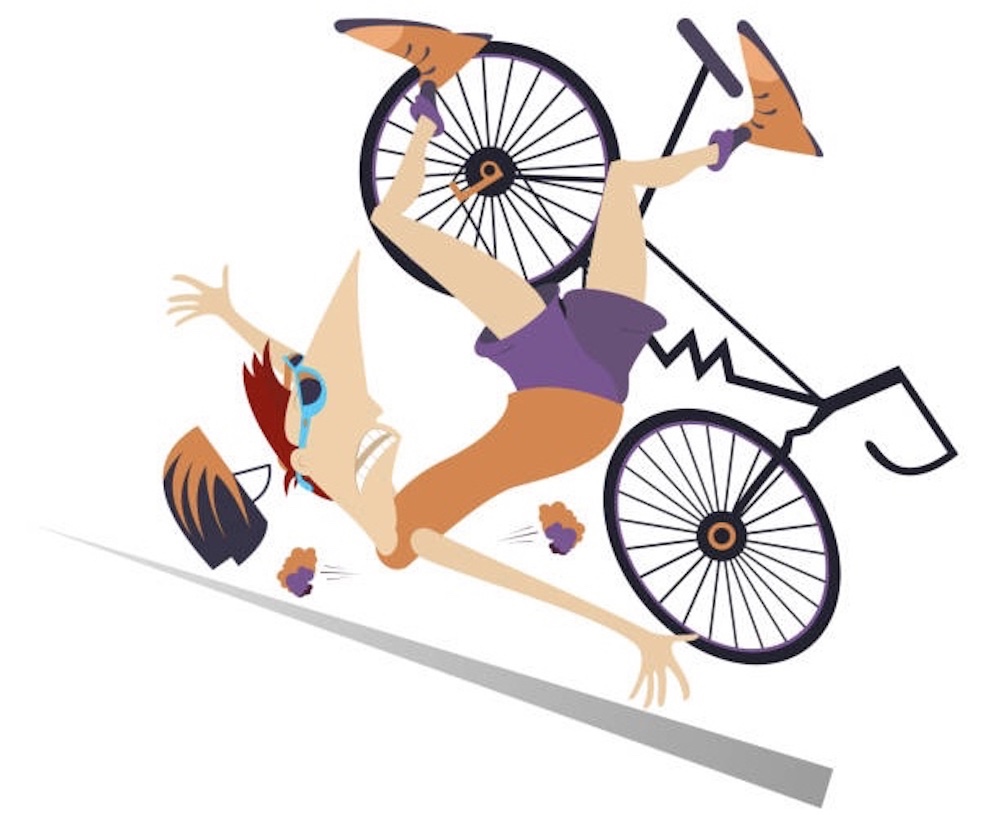

Men and ethnic minorities are less likely to wear cycle helmets and more likely to suffer from head and neck injuries in accidents, according to new research published in Brain Injury.
The study, looking at over 70,000 US cyclists’ injuries from 2002-2012, found only 22% of the adult population (21% of males, 28% of females) and 12% of the younger riders who suffered these types of injuries, used helmets while riding a bicycle.
Rather unsurprisingly the research team, led by Dr Lagina Scott, a medical student in the class of 2017 of Charles R. Drew University of Medicine & Science, and the David Geffen School of Medicine at UCLA, found further evidence to clarify that wearing a helmet significantly reduced the severity of injuries, length of time spent in hospital and mortality for all cyclists.
The team analysed 10 years of data from the National Trauma Data Bank on 76,032 cyclists (81.1% male, 18.9% female).
They found that women had a higher percentage of helmet use (28.3%) compared to men (20.6%). Helmet use for Whites and Asian/Pacific Islanders was higher (27.3% and 26.6%, respectively) than for Hispanics and Blacks (7.6% and 6%, respectively).
Of those sustaining head/neck injuries in cycle accidents, men were 36% more likely to die than women, Blacks were 19% more likely to die than Whites, and Hispanics were 17% more likely to die than Whites.
Injury severity scores, length of stay in hospital and time spent in intensive care were all greater for men than women; and length of stay in hospital and time spent in intensive care were greater for Blacks, Hispanics and Asians than for Whites.
“It is perhaps not surprising that females were more likely to have worn a helmet than males when involved in an accident. It is not entirely clear, however, why males in general had higher hospital and intensive care unit stay days, and in mortality,” the authors state.
“However, our analysis does show that females and males benefitted almost equally by wearing a helmet.”
The research supports the protective effect of helmet use and highlights the need to educate different populations on the significant protection afforded by helmets.
The report adds: “At-risk groups may benefit from injury prevention and outreach programmes that aim to increase helmet use.
“Our findings and other research suggests that mandatory helmet laws can improve injury and mortality outcomes of bicycling accidents.”
Past studies indicate that the implementation of mandatory helmet laws in some US states has decreased the severity of head injuries and bicycle-related fatalities. However, the effect of mandatory helmet use does not appear to be equal across all racial and ethnic groups.
“It remains unclear why compliance seems uneven across different races/ethnicities when helmet use is mandated by law,” the authors said. “Further research is needed to answer this and other questions regarding the social determinants of helmet use and their effect on bicycle-related injury outcomes.”
The highest percent of helmet use was among adults over 40 years old (31.8%) and the lowest was among and children under 17 years old (12.1%).
The authors believe that this may be down to several barriers previously highlighted by young people including being ‘uncomfortable’ and ‘annoying,’ whilst its been stated that they have a ‘lack of access’ and ‘lack of knowledge’.
The findings of the study have several limitations. The National Trauma Data Bank is known to suffer from significant underreporting. Moreover, data on the type or design of helmet worn by participants were not available.


